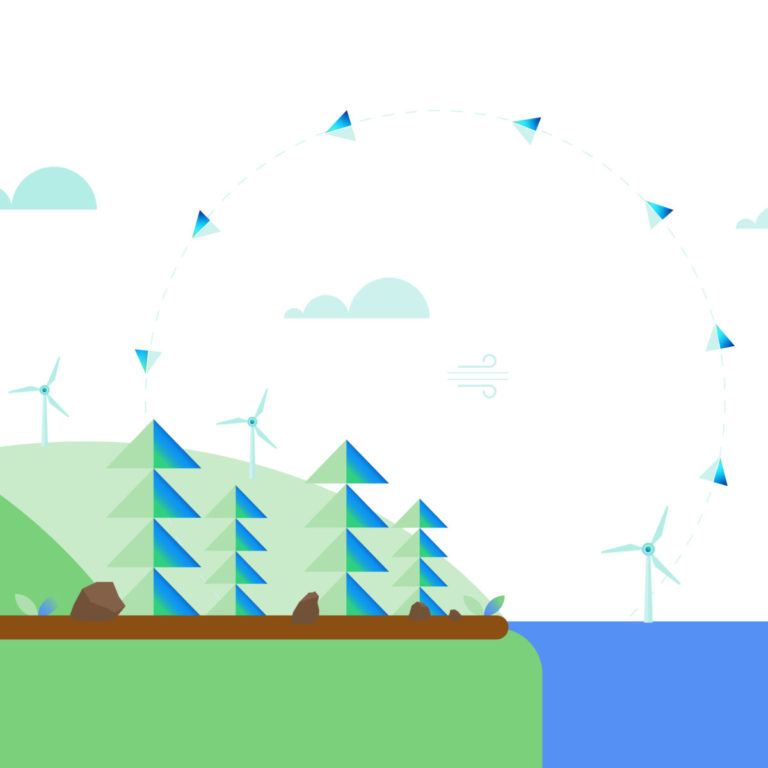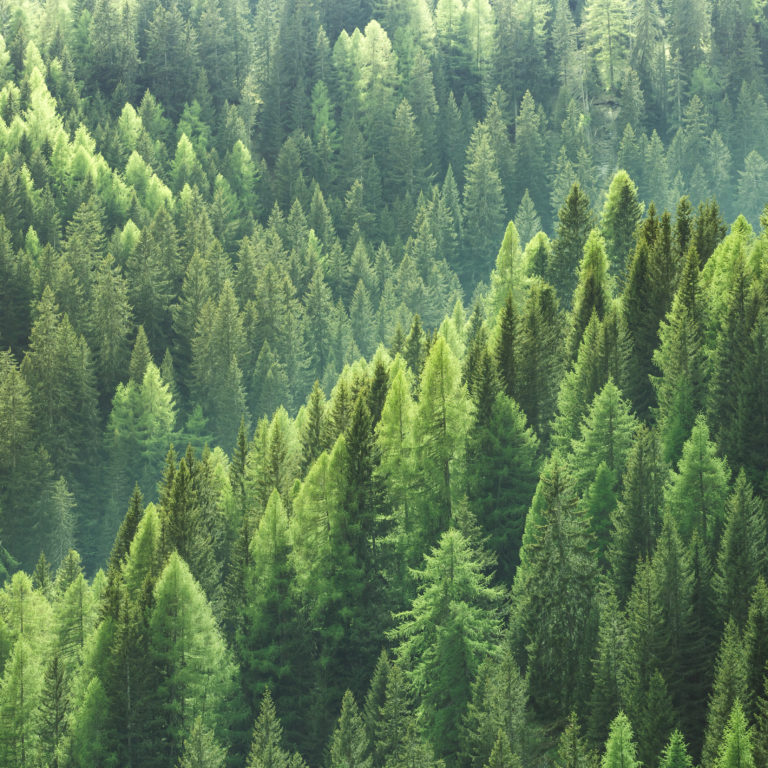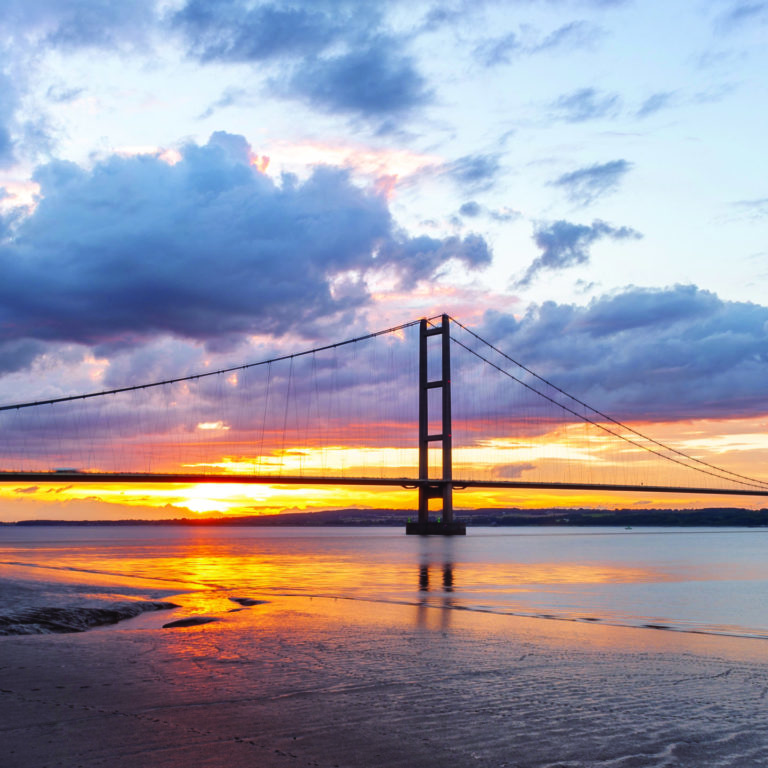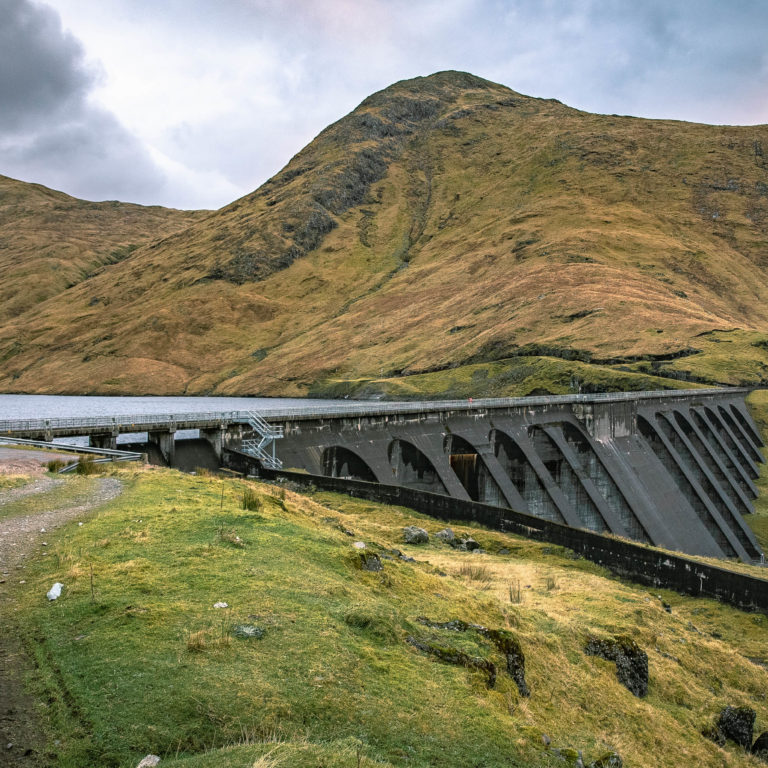You probably haven’t heard the phrase “flygskam” before. But you might have felt it. The recently coined Swedish term refers to the a shame or embarrassment caused by flying and its effect of the environment.
It’s not an uncommon feeling either, with 23% of people in the country now claiming to have abstained from air travel in the past year to lessen their climate impact. From electric cars to cleaner shipping, transport is undergoing dramatic change. However, aviation is proving more difficult to decarbonise than most forms of transportation.
As airports, cargo and the number of passengers flying every day continues to expand, the need to decarbonise air travel is more pressing than ever if aviation is to avoid becoming a barrier to climate action.
For other transport sectors facing a similar dilemma, electrification has proved a key route forward. Could the electrification of aeroplanes be next?
The problem with planes
 Aeroplanes still rely on fossil fuels to provide the huge amount of power needed for take-off. Globally flights produced 859 million tonnes of carbon dioxide (CO2) in 2017. The aviation industry as a whole accounts for 2% of all emissions derived from human activity and 12% of all transport emissions. Despite growing awareness of the contribution CO2 emissions make to causing the climate change emergency, estimates show global air traffic could quadruple by 2050.
Aeroplanes still rely on fossil fuels to provide the huge amount of power needed for take-off. Globally flights produced 859 million tonnes of carbon dioxide (CO2) in 2017. The aviation industry as a whole accounts for 2% of all emissions derived from human activity and 12% of all transport emissions. Despite growing awareness of the contribution CO2 emissions make to causing the climate change emergency, estimates show global air traffic could quadruple by 2050.
Electrification of air travel presents the potential to drastically cut plane emissions, while also offering other benefits. Electric planes could be 50% quieter, with reduced aircraft noise pollution potentially enabling airports to operate around the clock and closer to cities.
Electric planes could also be as much as 10% cheaper for airlines to operate, by eliminating the massive expense of jet fuel, and fewer moving parts making electric motors easier to maintain compared to traditional jets. These cost savings for airlines could be passed on to passengers and businesses needing to move goods in the form of cheaper flights.
But while the benefits are obvious, the pressing question is, how feasible is it?
The race to electric planes
Start ups are now racing to develop electric planes that will reduce emissions – such Ampaire and Wright Electric. The latter has even partnered with EasyJet to develop electric planes for short-haul routes of around 335-mile distances, which make up a fifth of the budget carrier’s routes.

EasyJet going electric? (Source: easyjet.com)
EasyJet has highlighted London to Amsterdam as a key route they hope Wright Electric’s planes will operate, with potential for other zero-emission flights between London and Belfast, Dublin, Paris and Brussels. The partners aim to have an electric passenger jets on the tarmac by 2027.
Ahead on the runway, however, is Israeli firm Eviation, which recently debuted a prototype for the world’s first commercial all-electric passenger aircraft. Named ‘Alice’ the craft is expected to carry nine passengers for 650 miles and could be up and running as early as 2022.
The challenge these companies face, however, is developing the batteries needed to power electric motors capable of delivering the propulsion needed for a plane full of passengers and luggage to take off. Currently, batteries don’t have anywhere near the energy density of traditional kerosene jet fuel – 60% less.
Alice’s battery is colossal, weighing 3.8 metric tons and accounting for 60% of the plane’s overall weight. By contrast, traditional planes allocate around 30% of total weight to fuel. As conventional jets burn fuel, they get lighter, whereas electric planes would have to carry the same battery weight for the full duration of a flight.
Closer to home, on Scotland’s Orkney Islands, electric planes could be perfectly suited to replace expensive jet fuel on the region’s super-short island hopping service. There’s little need for range-anxiety, with the longest flight, from Kirkwall to North Ronaldsay, lasting just 20 minutes and the shortest taking less than two minutes, between the tiny islands of Papa Westray and neighbouring Westray.
Orkney is already known for its renewable credentials, exporting more wind-generated power to the grid than it is able to consume. The local council plans to investigate retrofitting its eight-seater aircraft, which carried more than 21,000 passengers last year, with electric motors as early as 2022.
Taking electric long haul
The planes currently under development by Ampaire, Wright Electric and Eviation are small aircraft, only capable of short distance flights. This is a long way behind the lengths capable of traditional fossil fuel-powered jets built by airline industry stalwarts, Airbus and Boeing, which are making their own move into electrification.

Ampaire: electric but only for short distances (Source: Ampaire.com)
Even with drastic developments in battery technology, however, Airbus estimates its long-haul A320 airliner, which seats between 100 and 240 passengers, would only be able to fly for a fifth of its range as an electric plane and only manage to carry half its regular cargo load. Elsewhere, French jet engine-maker Safran predicts that full-size, battery-powered commercial aircraft won’t become a reality until 2050 at the earliest.
However, if going fully electric may not yet be possible for large, long-haul planes, hybrid aircraft, which use both conventional and electric power, offer a potential middle ground.
A team comprising Rolls-Royce, Airbus and Siemens are working on a project set to launch in 2021 called E-Fan X, which would combine an electric motor with a BAE 146 aircraft’s jet engine.

Airbus say they may have to reduce their cargo to go electric (Source: www.airbus.com)
Hybrid models aim to use electric engines as the power source for the energy-intensive take-off and landing processes, saving jet fuel and reducing noise around airports. Then, while the plane is in the air, it would switch to conventional kerosene engines, which are most efficient when the plane reaches cruising altitude. Airbus aims to introduce a hybrid version of their best-selling single-aisle A320 passenger jet by 2035.
While start ups and established jet makers jostle to get electric and hybrid planes off the ground, there are other ideas around reducing aviation emissions.
Technology of the future for decarbonising planes
The University of Illinois is working with NASA to develop hydrogen fuel cells capable of powering all-electric air travel. Hydrogen fuel cells work by combining hydrogen and oxygen to cause a chemical reaction that generates an electric current. While the ingredients are very light, the problem is they are bulky to store, and on planes making effective use of space is key.
Researchers are combatting this by experimenting with cryogenically freezing the gases into liquids which makes them more space-efficient to store, but makes refuelling trickier as airports would need the infrastructure to work with the freezing liquids.
There have also been experiments into solar-powered planes. In 2016, a team of Swiss adventurers succeeded in flying around the world in an aircraft that uses solar panels on its wings to power its propellers. With a wingspan wider than a Boeing 747, but weighing just a fraction of a traditional jet, the Solar Impulse 2 is capable of staying airborne for as long as six days, though only able to carry a lone pilot.

Solar Impulse 2 has great staying power
While the feat is impressive the Solar Impulse team says the aim was to showcase the advancement of solar technology, rather than develop solar planes for mainstream usage.
Elsewhere, MIT engineers have been working on the first ever plane with no moving parts in its propulsion system. Instead, the model uses ionic wind – a silent but hugely powerful flow of ions produced aboard the plane. Ionic wind is created when a current is passed between a thick and thin electrode. With enough voltage applied, the air between the electrodes produces thrust capable of propelling a small aircraft steadily during flight. MIT hope that ionic wind systems could be paired with conventional jets to make hybrid planes for a range of uses.

A general blueprint for an MIT plane propelled by ionic wind (Source: MIT Electric Aircraft Initiative, news.mit.edu)
Like any emerging technology, it will take time to develop these alternative power sources to reach the point where they can safely and securely serve the global aviation industry.
However, it’s clear that the transition away from fossil fuels is underway.
Flying as we know it has been slow to adapt, but with a growing awareness and levels of “flygskam” among consumers, there is greater pressure on the industry to decarbonise and lay out positive solutions to cleaner air travel.




















